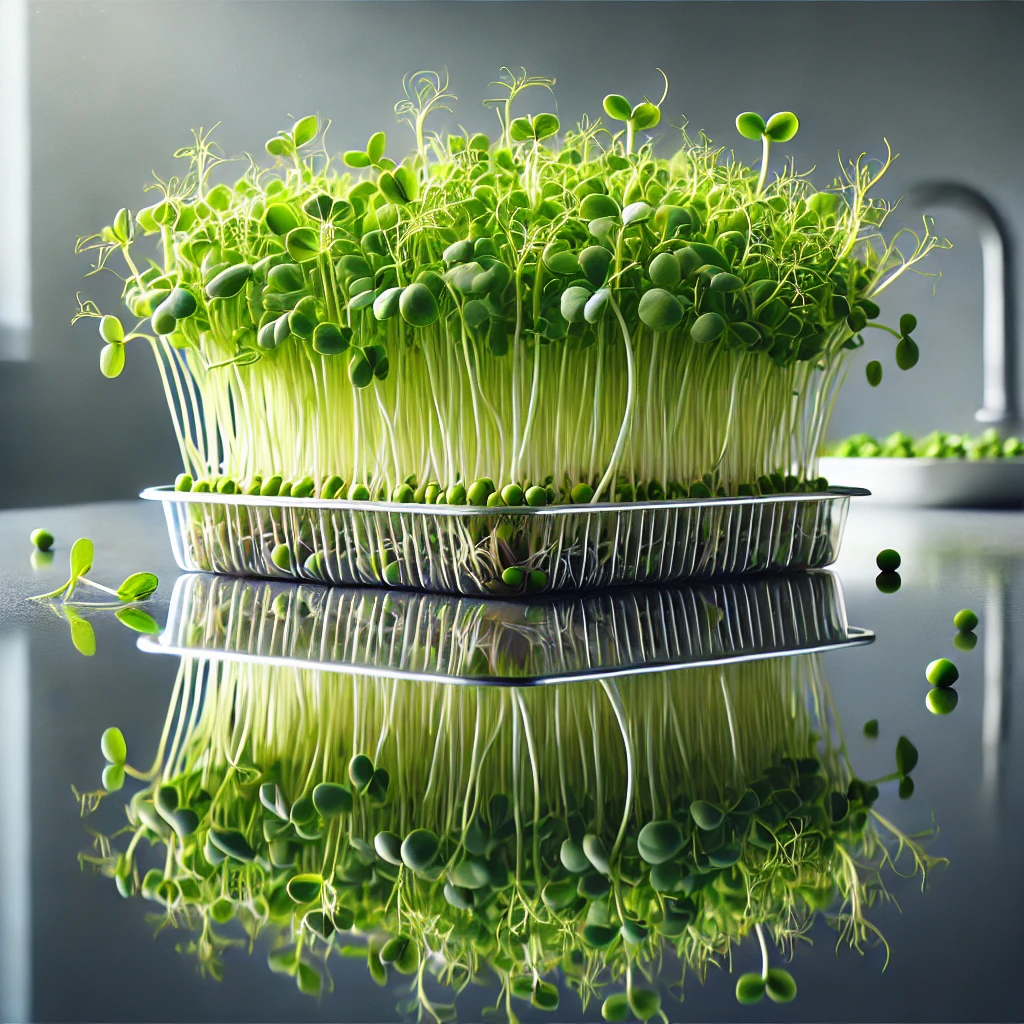Pea microgreens are one of the most popular greens to grow at home. Pea sprouts are crunchy, sweet and packed with nutrients, making them a great addition to salads, sandwiches, smoothies or as a side dish. Pea microgreens are relatively easy to grow, even for beginners, and can be harvested in just 7-14 days. This detailed guide will take you through the process from preparation to harvest.


